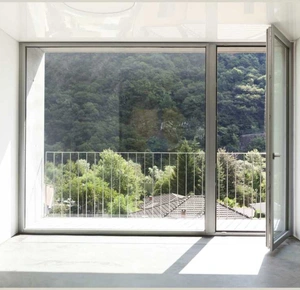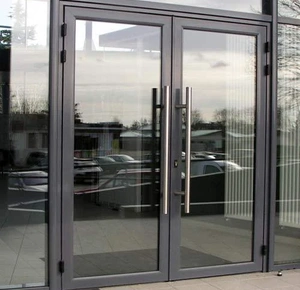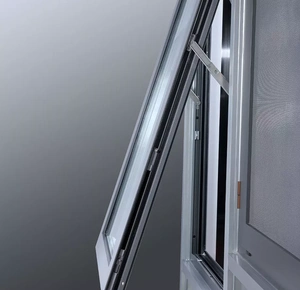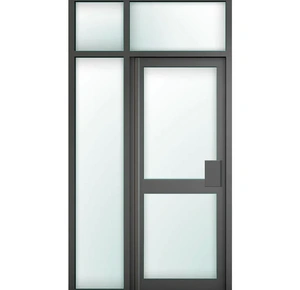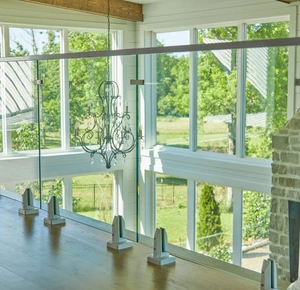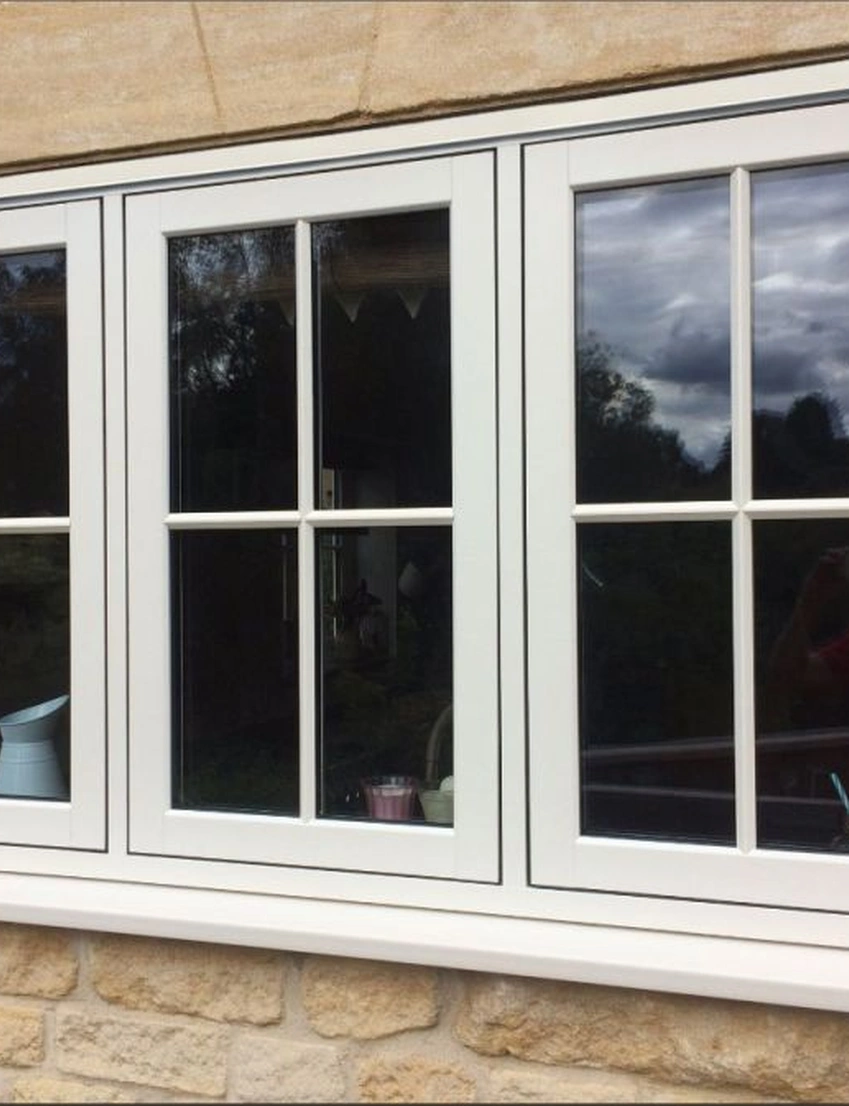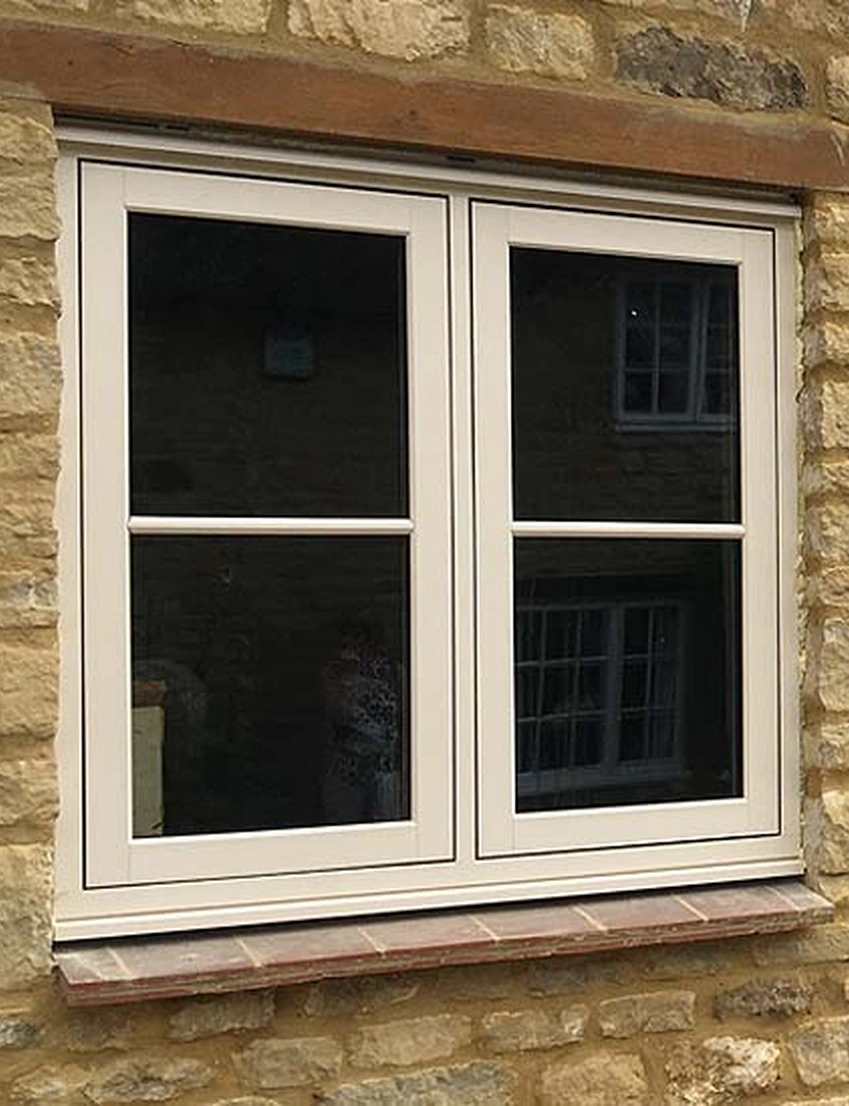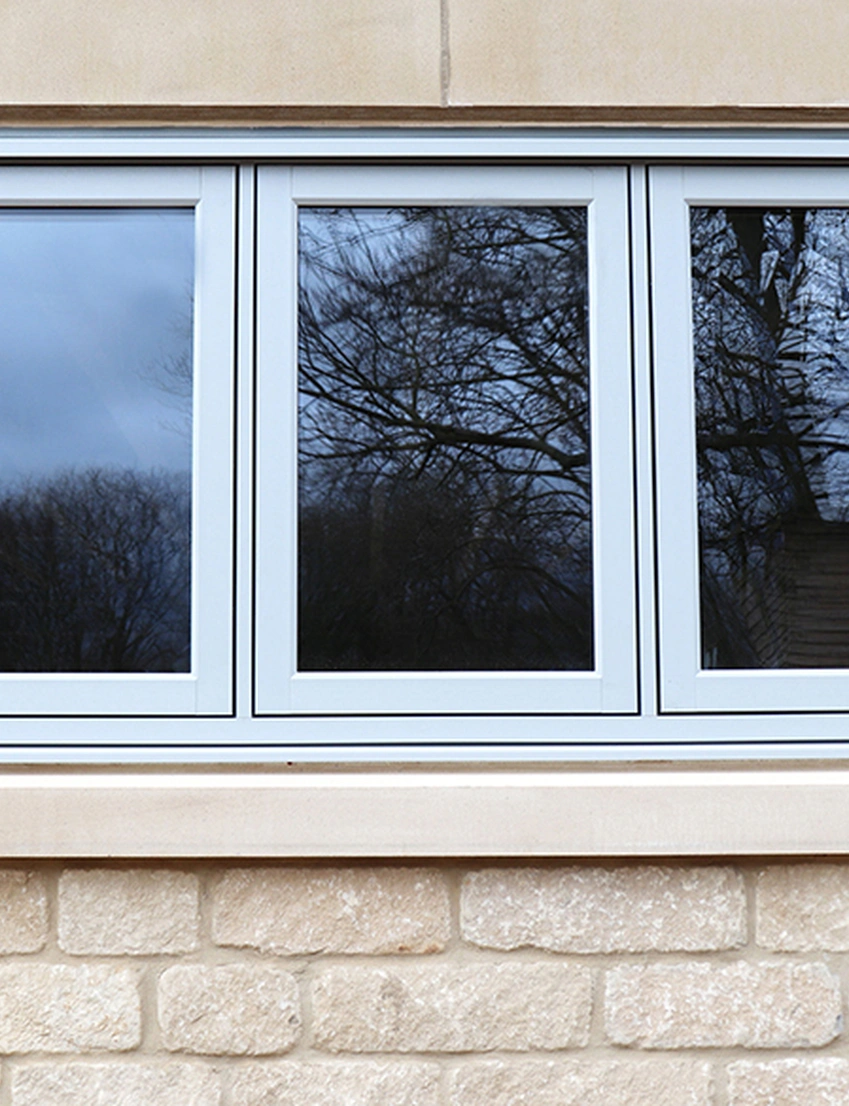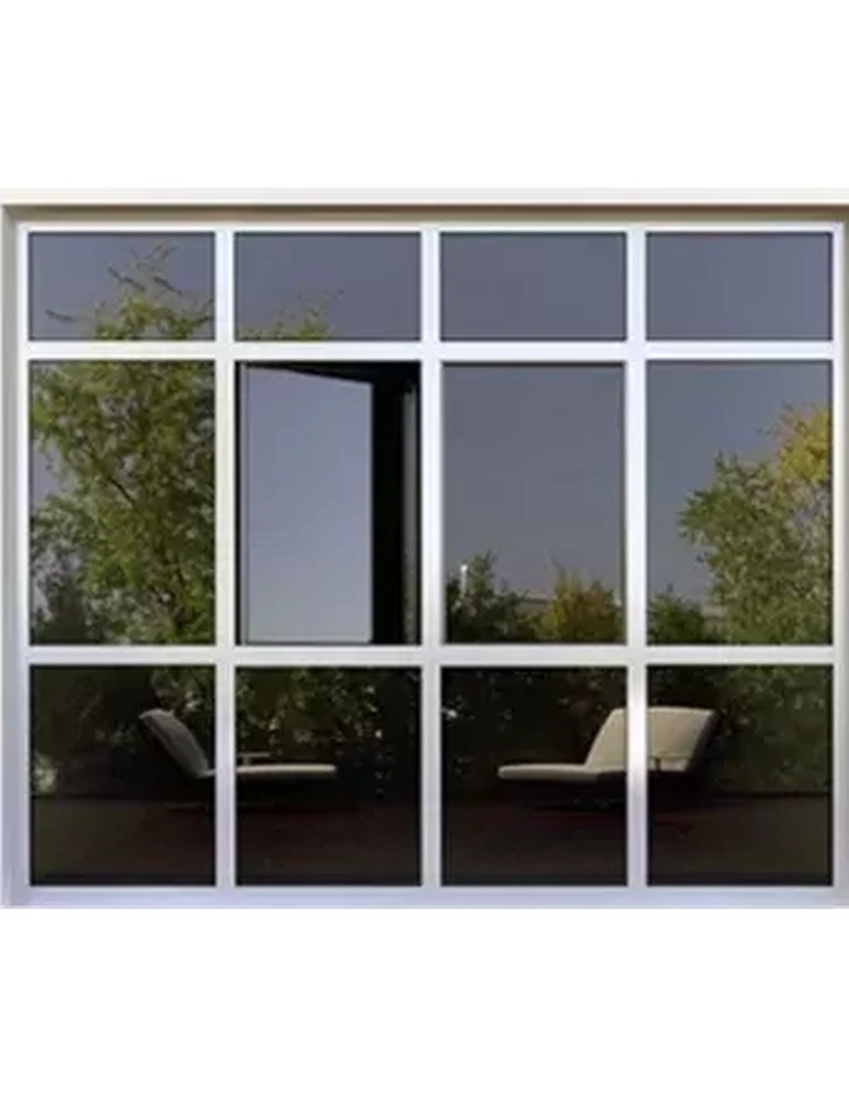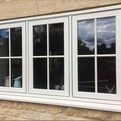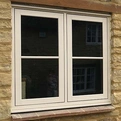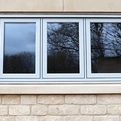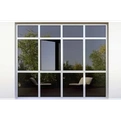Hidden vent windows are designed to offer ventilation without visible vents or openings.
- Brand: Arak Window
- Category: Hinge Windows , Aluminium Windows
Hidden Vent Windows: A Modern Solution for Ventilation and Aesthetics
Hidden vent windows, also known as concealed vent windows, are an innovative window design that combines aesthetic appeal with practical functionality. These windows feature a unique mechanism where the ventilation openings are concealed within the window frame, providing seamless appearance without compromising on airflow. In this comprehensive guide, we will explore the key features, benefits, applications, and frequently asked questions about hidden vent windows to help you understand why they might be the perfect choice for your home or office.
What are Hidden Vent Windows?
Hidden vent windows are designed to offer ventilation without visible vents or openings, thus maintaining a clean, streamlined appearance. The vent mechanism is integrated into the window frame or sash, allowing fresh air to flow into the room without compromising the window’s design. This makes them ideal for modern architectural styles where clean lines and minimalistic aesthetics are desired.
Key Features of Hidden Vent Windows
Seamless Design: The primary feature of hidden vent windows is their ability to provide ventilation without visible vents. This results in a sleek and modern look that enhances the overall aesthetic of the building.
Improved Airflow: Despite their concealed design, hidden vent windows offer excellent ventilation. The integrated venting mechanism ensures that fresh air can circulate effectively within the room.
Enhanced Security: The concealed nature of the vents makes it harder for intruders to access the ventilation points, thus providing an added layer of security.
Thermal Efficiency: Hidden vent windows are designed to offer superior thermal insulation. They often come with double or triple glazing options, which help in maintaining a comfortable indoor temperature.
Weather Resistance: These windows are built to withstand various weather conditions. The hidden vents are designed to prevent water ingress and reduce the risk of drafts.
Versatility: Hidden vent windows are available in various materials, including aluminium, uPVC, and wood, offering flexibility in terms of design and application.
Benefits of Hidden Vent Windows
Aesthetic Appeal: The concealed vent design ensures that the windows maintain a clean and uncluttered look, which is particularly beneficial for contemporary and minimalist architectural styles.
Unobstructed Views: Without visible vents, hidden vent windows provide uninterrupted views, allowing you to enjoy the scenery outside without any distractions.
Energy Efficiency: The superior insulation properties of hidden vent windows help in reducing energy consumption for heating and cooling, resulting in lower utility bills.
Noise Reduction: The combination of concealed vents and high-quality glazing provides effective sound insulation, creating a quieter indoor environment.
Enhanced Privacy: The concealed vents prevent direct visibility into the room from the outside, enhancing privacy without the need for additional coverings.
Durability and Low Maintenance: Hidden vent windows are constructed from durable materials that require minimal maintenance. The concealed vent mechanism is designed to be robust and long-lasting.
Applications of Hidden Vent Windows
Hidden vent windows are versatile and can be used in various settings, including:
Residential Homes: Ideal for living rooms, bedrooms, bathrooms, and kitchens, these windows add a touch of modern elegance to any part of the house.
Commercial Buildings: Offices, hotels, and retail stores can benefit from the sleek design and functional advantages of hidden vent windows.
Educational Institutions: Schools and universities can use hidden vent windows to ensure adequate ventilation while maintaining a clean and modern appearance.
Healthcare Facilities: Hospitals and clinics can enhance patient comfort and privacy with the use of hidden vent windows.
Choosing the Right Hidden Vent Windows
When selecting hidden vent windows for your property, consider the following factors:
Material: Choose the material that best suits your needs and preferences, whether it’s aluminium, uPVC, or wood.
Glazing Options: Consider double or triple glazing for better insulation and energy efficiency.
Ventilation Needs: Ensure that the hidden vent mechanism meets your ventilation requirements.
Installation: Opt for professional installation to ensure that the windows are fitted correctly and perform optimally.
Design and Finish: Select a design and finish that complements your property’s architectural style and interior décor.
Maintenance Tips for Hidden Vent Windows
Maintaining hidden vent windows is straightforward. Here are some tips to keep them in top condition:
Regular Cleaning: Clean the glass panes and frames regularly with a mild detergent and water solution. Avoid abrasive materials that can scratch the surface.
Check Vents: Periodically check the concealed vents for any blockages or debris and clean them as needed.
Lubrication: Lubricate the moving parts of the vent mechanism to ensure smooth operation.
Inspection: Inspect the windows for any signs of wear or damage, such as loose screws or seals, and address them promptly.
Weatherstripping: Ensure that the weatherstripping is intact and replace it if necessary to maintain energy efficiency.
Key Characteristics of Hidden Vent Windows
Sleek and Uncluttered Appearance: Hidden vent windows have a clean, streamlined look without visible ventilation slots or openings. This minimalistic design is a hallmark of hidden vent windows.
Integrated Vent Mechanism: The ventilation openings are concealed within the window frame or sash. You may notice slight gaps or seams where the vent mechanism is integrated, but these are usually subtle and not immediately obvious.
Enhanced Frame Design: The window frame might appear slightly more robust or have additional layers compared to traditional windows. This added structure accommodates the concealed vent mechanism.
Discreet Ventilation Slots: Upon close inspection, you might find small, discreet ventilation slots or perforations that are cleverly integrated into the design. These slots allow airflow while remaining inconspicuous.
Professional Installation Markings: If the window has been installed by a professional, there might be a manufacturer’s mark or a label indicating it’s a hidden vent window. Look for any branding or certification labels on the window frame.
Smooth Operation: Hidden vent windows often have a smooth, fluid opening and closing mechanism, sometimes including a secondary operation for ventilation. This secondary function might not be as prominent as the primary opening method but allows for controlled airflow.
Tips for Identifying Hidden Vent Windows
Ask the Manufacturer or Supplier: If you are uncertain, the most straightforward method is to check with the window manufacturer or supplier. They can provide specific details about the design and functionality of the windows.
Check Documentation: Review any installation manuals, product brochures, or other documentation that came with the windows. These materials often highlight the unique features of hidden vent windows.
Consult with a Professional: If you’re still unsure, consider consulting with a professional window installer or a home improvement expert. They can provide an expert assessment and confirm whether your windows have hidden vents.
Look for Vent Controls: Hidden vent windows often have discreet controls or levers that operate the vent mechanism. These controls are usually integrated into the window frame or sash and can be a clear indicator of a hidden vent window.
Visual Inspection
Frame Examination: Closely examine the window frame for any subtle seams or gaps that might indicate the presence of concealed ventilation slots.
Handle and Lock Mechanisms: Some hidden vent windows have specific handle designs that also control the ventilation function. Inspect the handles for any additional movement or settings.
Aluminum Profile Specifications
| Specification | Details |
|---|
How can I contact customer support?
If your order has not yet shipped, you can contact us to change your shipping address. If your order has already shipped, we may not be able to change the address.
Can I cancel my order?
If your order has not yet shipped, you can contact us to change your shipping address. If your order has already shipped, we may not be able to change the address.
Do you offer international shipping?
If your order has not yet shipped, you can contact us to change your shipping address. If your order has already shipped, we may not be able to change the address.
Can I track my order in real-time?
If your order has not yet shipped, you can contact us to change your shipping address. If your order has already shipped, we may not be able to change the address.
How do I know if a product is in stock?
If your order has not yet shipped, you can contact us to change your shipping address. If your order has already shipped, we may not be able to change the address.
